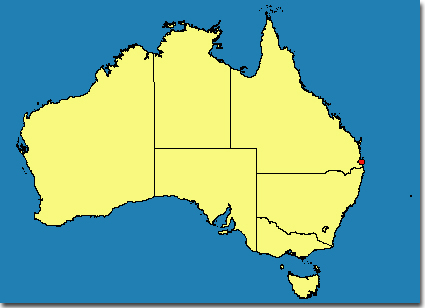 |
 |
||
|
|
|||
| Diagnosis | Encarsia mineoi Viggiani |
|||||||||||||
| Species group | ||||||||||||||
| Distribution | ||||||||||||||
| Host | ||||||||||||||
| Comments | ||||||||||||||
| Illustrations | ||||||||||||||
| DNA | ||||||||||||||
Encarsia mineoi Viggiani, 1982: 27. Holotype female, Libya, Sidi Mesri, 10.vi.1969 (G. Mineo) ex B. tabaci. (IEUN); Polaszek et al., 1992: 386; 1999: 156. |
||||||||||||||
Diagnosis |
FemaleColourHead and body yellow except clypeus margin brownish, pronotum and mid lobe of mesoscutum anteriorly slightly darker. Antenna yellow. Fore wing with bare area near leading edge. MorphologyClava 2-segmented. Pedicel longer than F1 (1.45). F1 shorter than F2 (0.61) and F3 (0.55). Mid lobe of mesoscutum with 4 setae. Scutellar sensilla widely separated (approximately 5-6 x the width of a sensillum). Distance between anterior pair of scutellar setae larger than between posterior pair. Fore wing about 3.2 x as long as wide. Marginal fringe about 0.6 x as long as wing width. Tarsus of middle leg 5-segmented. Apical spur of middle tibia very short and its length distinctly less than half the length of the very slender basal tarsal segment (0.27). Ovipositor shorter than middle tibia (0.88). Third valvula about 0.57 x as long as second valvifer. |
|||||||||||||
Species
|
Placed in E. parvella-group sensu Hayat, 1989, 1998 (= parvella + pergandiella-groups sensu Viggiani & Mazzone, 1979; =Aleurodiphilus DeBach & Rose, 1981). |
|||||||||||||
Distribution
|
 Click here for material examined window. |
|||||||||||||
Host |
B. tabaci (Gennadius). The following additional hosts have been recorded (Polaszek et al., 1999): Acaulaleyrodes citri (Priesner & Hosny), Siphoninus phillyriae (Haliday). Males probably hyperparasitoids of T. vaporariorum (Westwood). |
|||||||||||||
Comments |
Encarsia mineoi is morphologically very similar to E. acaulaleyrodes Hayat and perhaps these species are conspecific (Polaszek et al., 1999). The most reliable difference is the ovipositor length, which is, in E. mineoi, shorter than, or up to 1.1 x the length of the middle tibia, and in E. acaulaleyrodes 1.2 x as long as the middle tibia (Polaszek et al., 1999). The species has been recorded so far only from southern Europe and the Middle East and the record from Australia indicates a recent introduction into the country. |
|||||||||||||
Illustrations |
|
|||||||||||||
DNA
|
28S-D2 rDNA: GenBank Accession Code: AF254226. |
|||||||||||||
| © Copyright 2001, CSIRO Australia |
| [webmaster - February 2001] |
| Use of this web site and information available from it is subject to our |
| Legal Notice and Disclaimer |